12 Purr-Fect Puma Facts
Learn all about these fast, furry felines here!
Pumas! They’re speedy, they’re slick, they’re excellent climbers, and you won’t believe how many places they call home! Here you’ll find everything you want to know about these devious speedsters. Remember to read our fun facts about capybaras, or honey badgers, or maybe even pigeons!
1. They’re the fourth biggest cat in the world
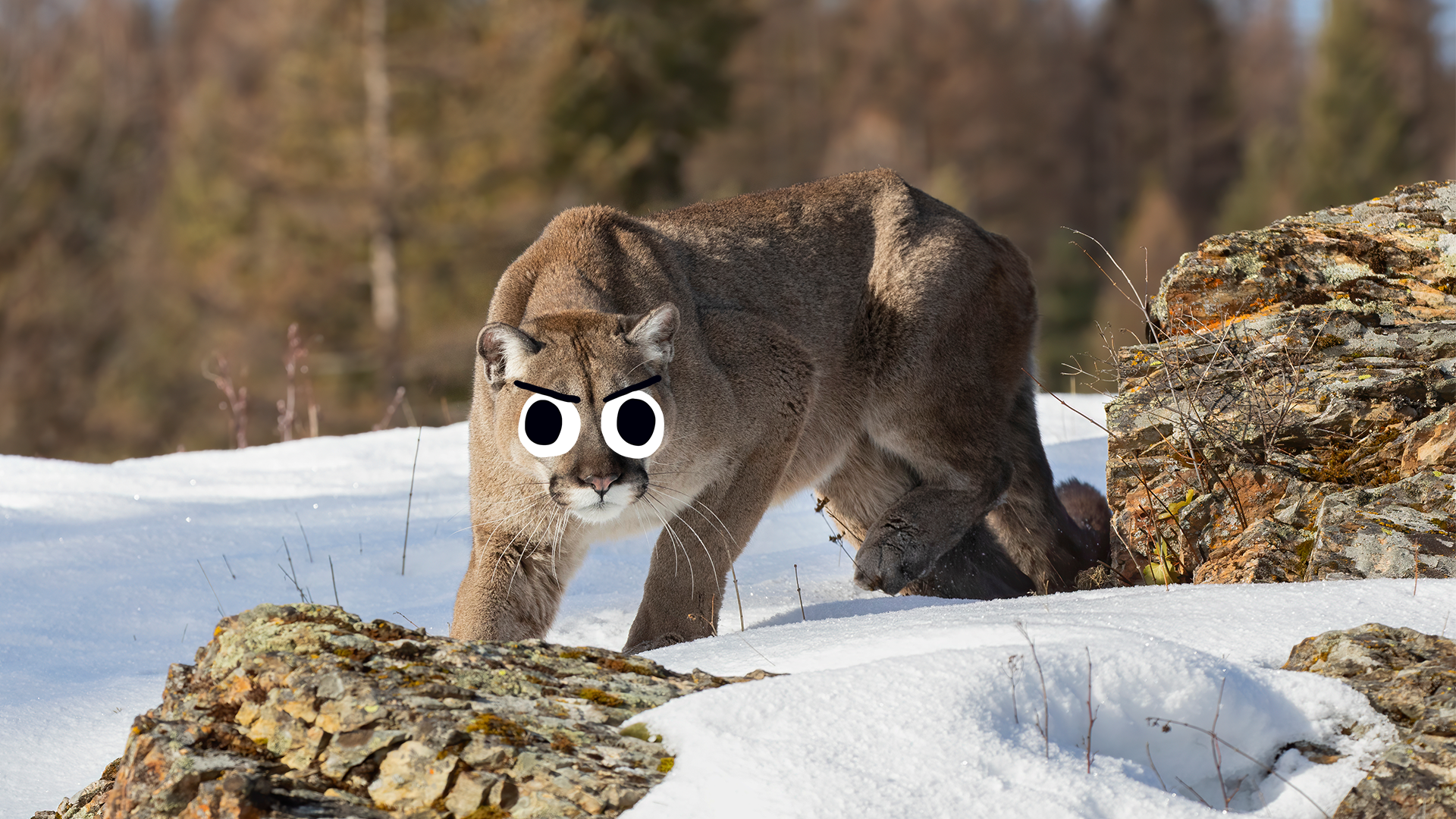
That’s right, the humble puma is behind only the tiger, lion and jaguar in terms of size!
2. They have many names
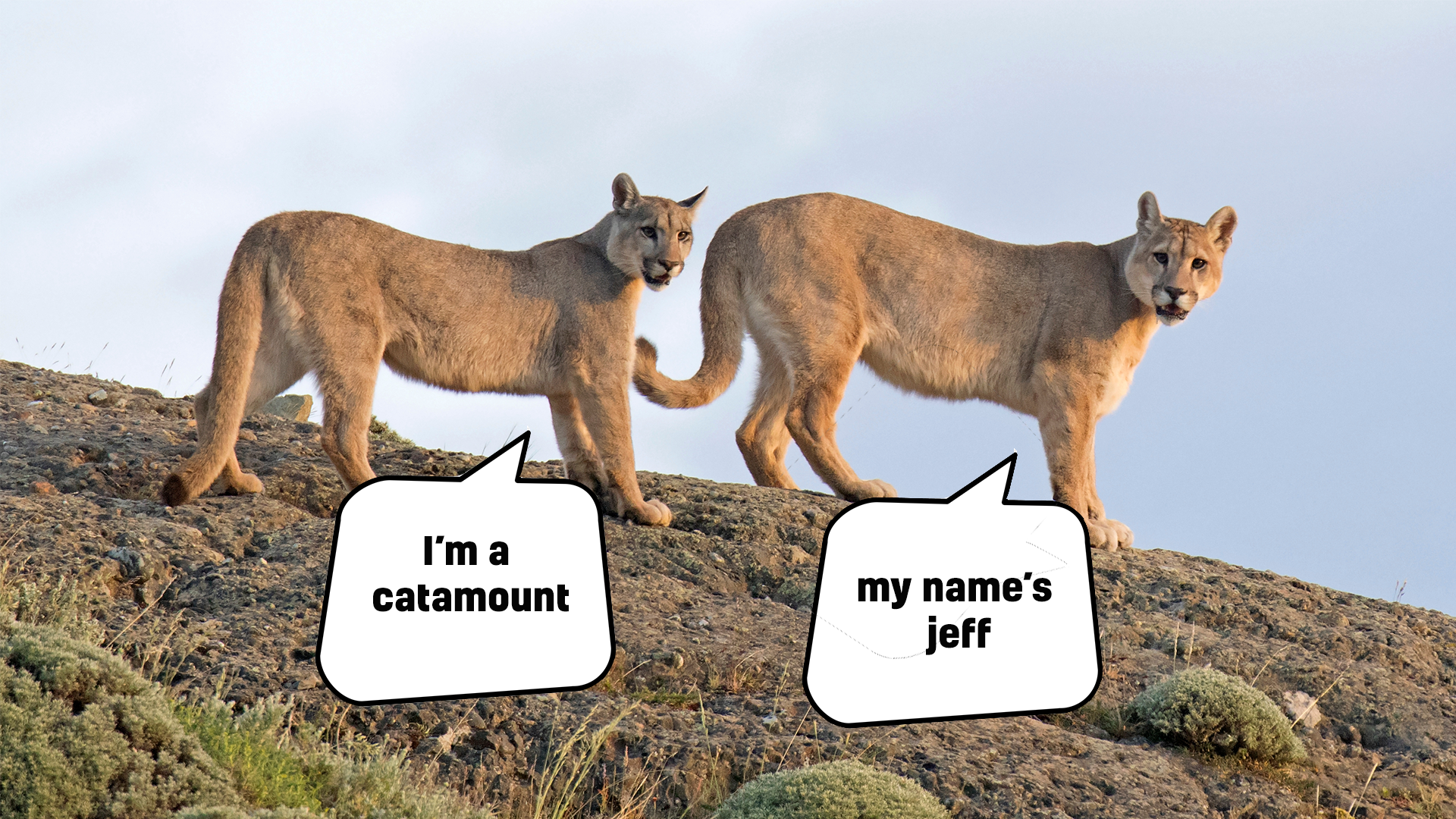
Pumas have the most common names (that means what people call them in day to day life, not their fancy scientific name) of any animal, with over 40 just in English! Puma is their name in Latin America and in Europe (though they don’t live in Europe), but in North America they’re called mountain lions, cougars, panthers, or the whimsical “catamount” (“cat of the mountains”)!
3. They’re speedy
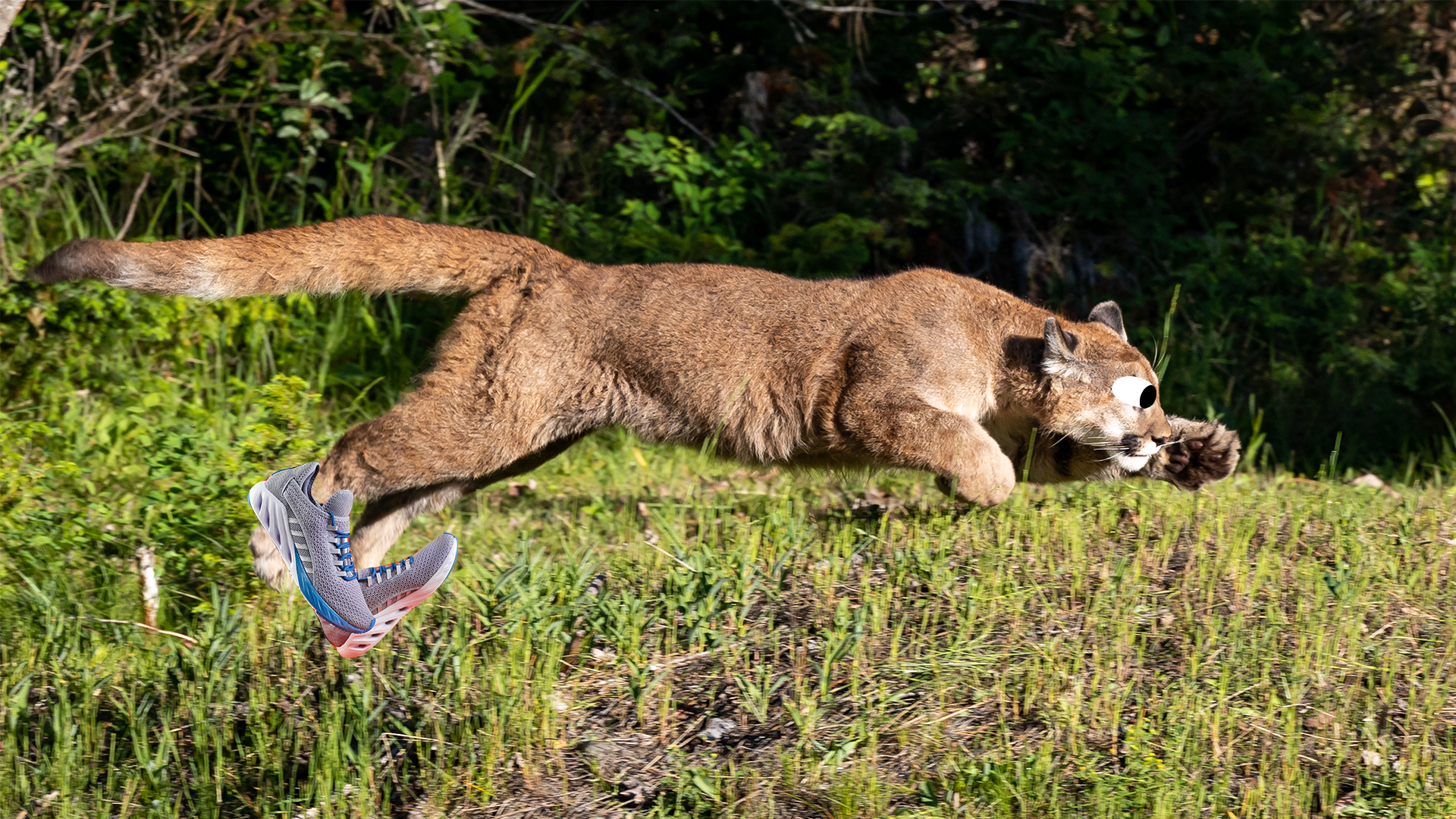
Not a surprise if you’re a fan of the sports shoe, but pumas are incredibly fast. They have the longest back legs of any cat (in proportion to their bodies) which allow them to travel at speeds of up to 50 mph over short distances!
4. Their claws are very important
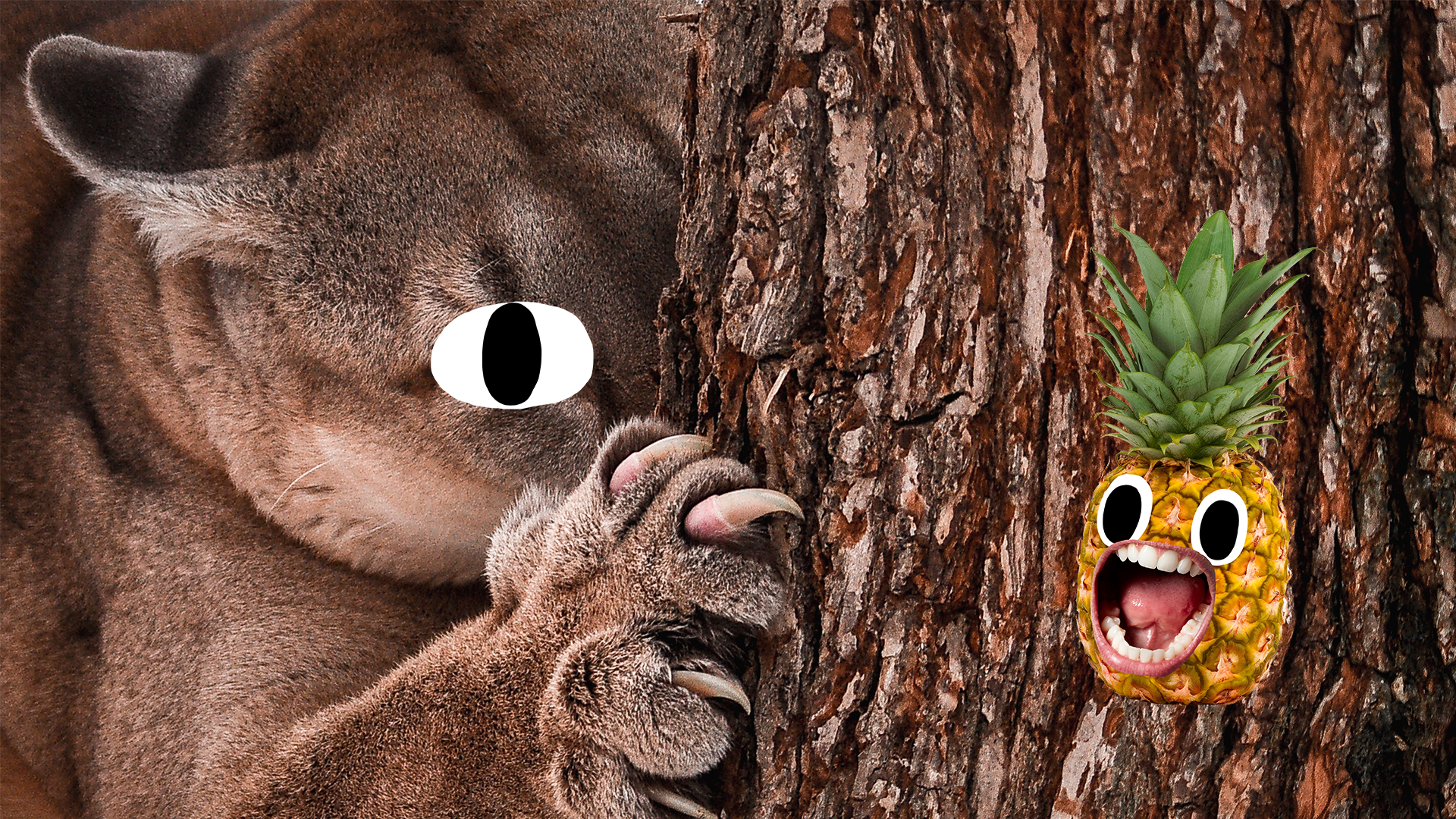
Like all cats pumas have retractable claws, which means they can keep their claws sharp and deadly when they’re not using them. This is especially useful for one of their favourite activities – climbing. Pumas can climb trees to escape wolves. Wolves aren’t their predators as the puma doesn’t really have any, but they will fight each other over food.
5. They can jump!
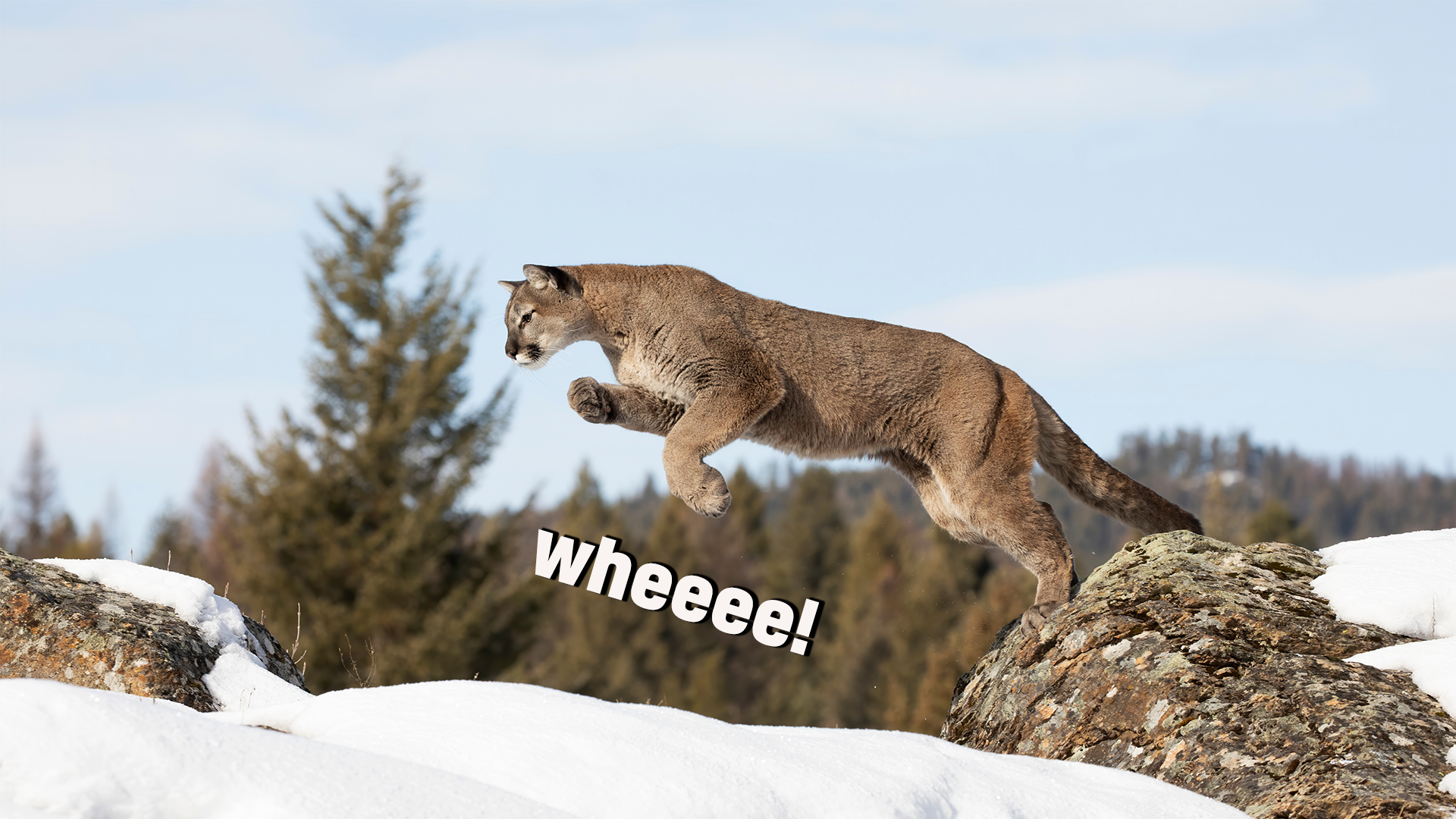
Not only can they sprint and climb, the puma has an incredible ability to jump, courtesy of those amazing back legs! They can jump an astonishing 5.4 metres upwards into a tree, and have been seen jumping 11.7 metres across level ground. Someone get them to the Olympics!
6. They make very strange sounds
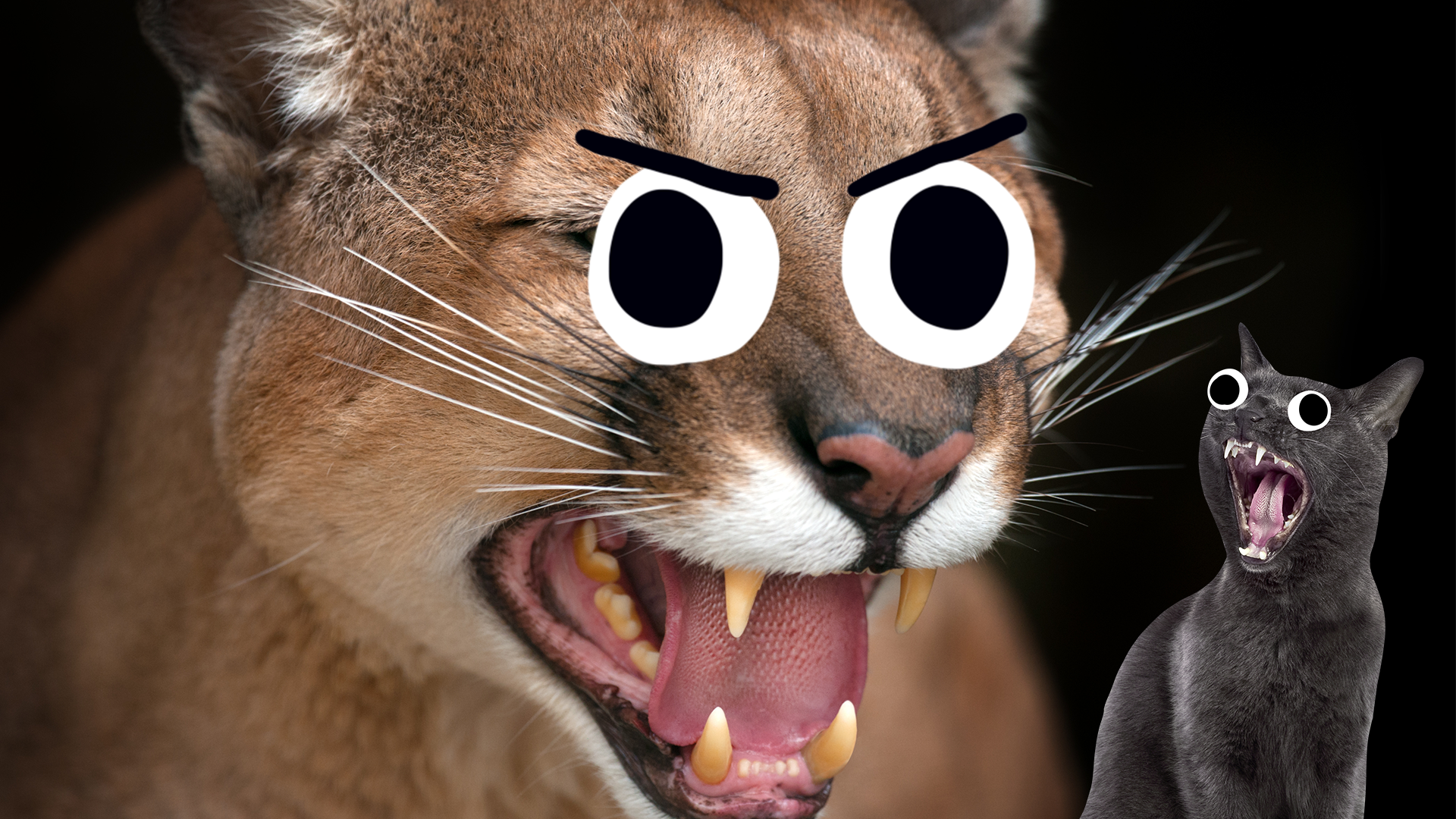
You might have to YouTube this one to believe us, but pumas are capable of making some very strange sounds. They growl and hiss like all cats, but they’re also the biggest cat that can purr and meow! Scarily they also make screaming sounds that sound almost like people. Some people have even mistaken pumas screaming for people in distress!
7. They’re loners

They like to live alone most of the time, and they only seek out other pumas to breed. Male and female pumas are both very territorial, though the males have bigger territories. A male puma’s space might overlap with one or several females, but not with another male. That’s when fights happen!
8. They live in lots of places

Pumas have the largest territory of any land mammal in the Western hemisphere. They can be found everywhere from the Canadian Yukon all the way down to Patagonia in South America. This is why they have so many names! Because they’re dangerous to humans, people who live in the Americas have learned to live with them safely, though attacks on humans are very rare.
9. They survived the Ice Age!
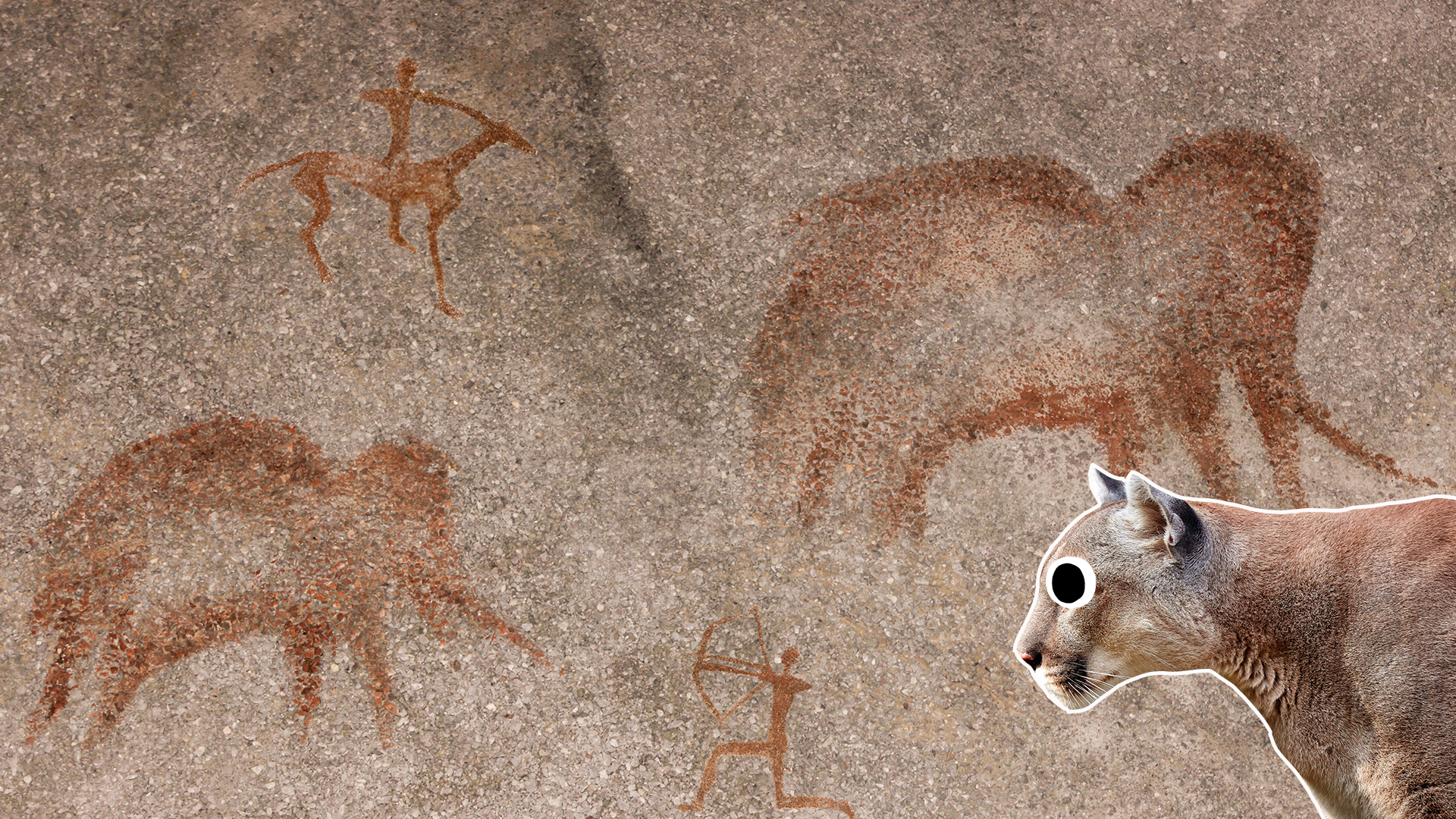
While some big animals like sabre cats and dire wolves didn’t survive the Ice Age , pumas managed to make it through. This made things a bit confusing for archaeologists. Like humans, pumas are “bone accumulators”, which means they take the animals they eat back to their habitats. So, sometimes places that were though to belong to ancient humans might have actually belonged to ancient pumas! It’s not too hard to tell most of the time as pumas have bigger teeth and leave massive bite marks on bones!
10. They’re mythological creatures
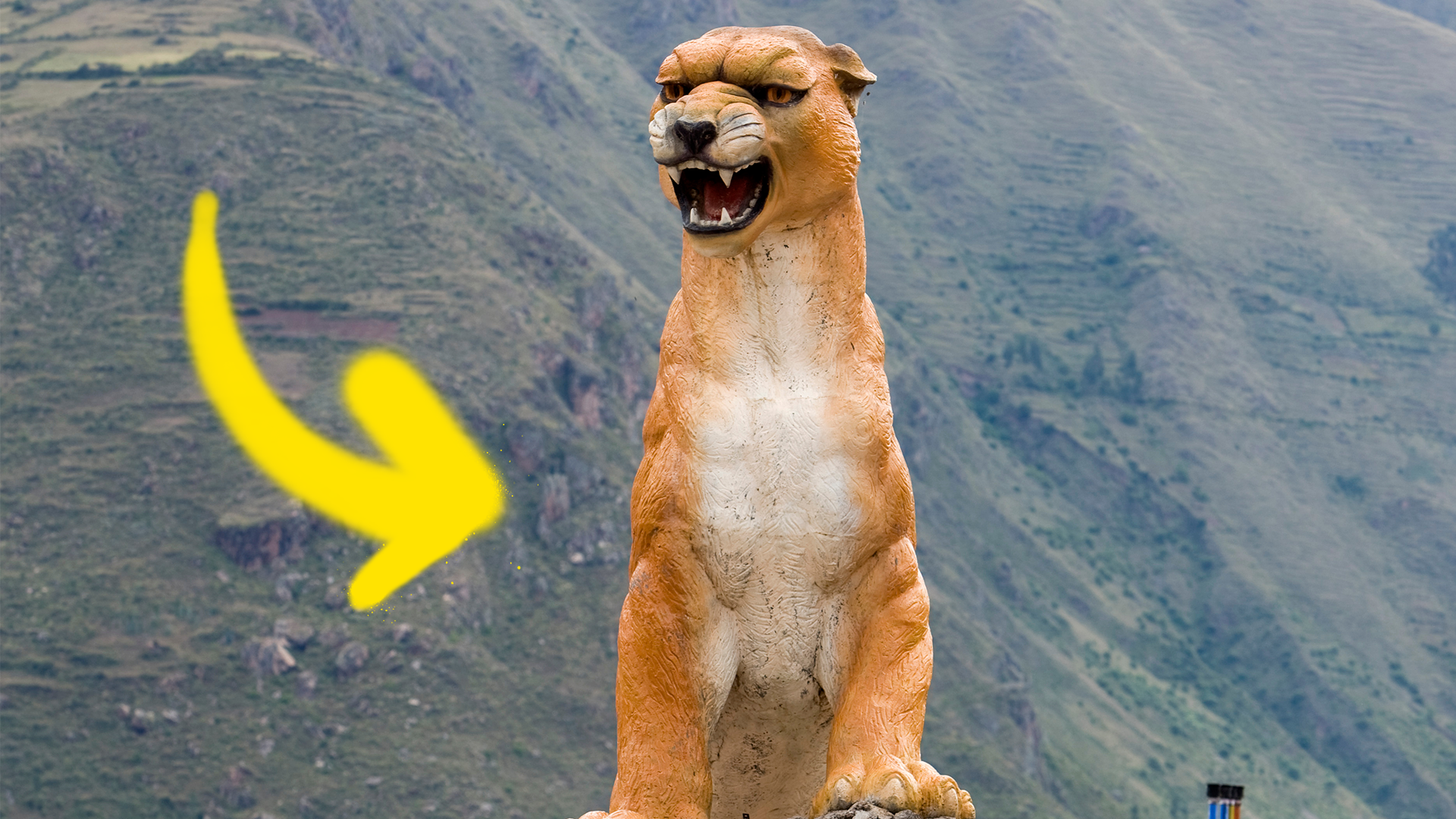
Because they’ve been around for so long and in so many places there are quite a few legends about pumas in the culture of Indigenous Americans. In South America, the Inca city of Cusco is said to have built in the shape of a puma, the Incan sky god Virachoca is associated with pumas, and the Moche people from Peru made a lot of ceramics depicting pumas. In North America the puma has negative associations in several tribes – the Apache and Walapai thought its cry was a harbinger of death, while the Algonquin and Ojibwe thought the creature lived in the underworld. It was sacred to the Cherokee, though!
11. You can eat them?

Technically??? Famous English natural historian Charles Darwin was known for being a little eccentric when it came to food, and he actually ate several of the animals he studied. This includes pumas, which he described as tasting a lot like veal. Bleh!
12. They may be on the decline
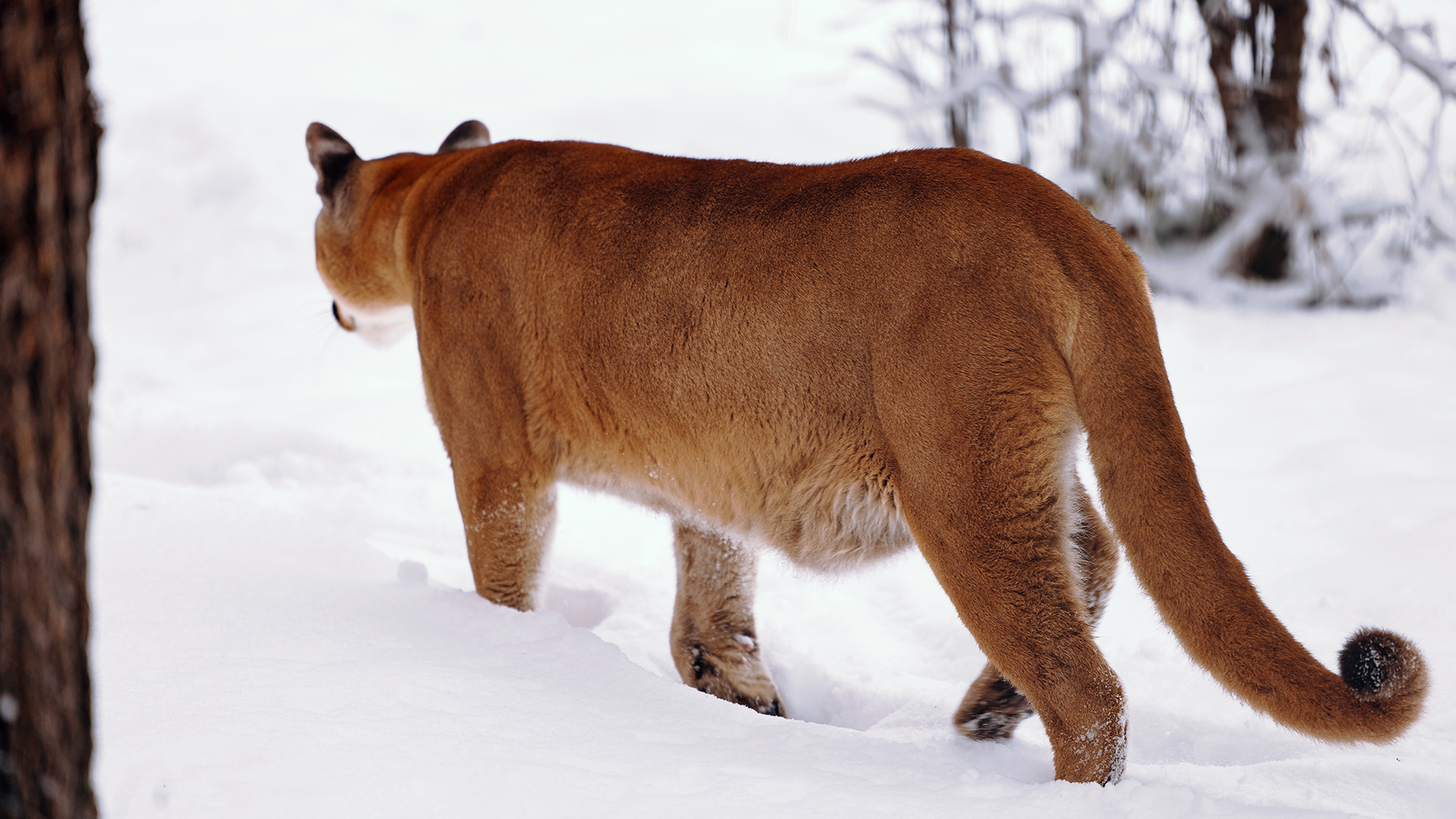
Though they have a massive habitat and have been around for so long, it is believed that the puma may be declining in the wild, and they are classified as “near threatened”. This is because of hunting and habitat loss, caused by deforestation and climate change. Animal charities will continue to keep an eye on the situation, and it’s all the more reason to save the planet.















